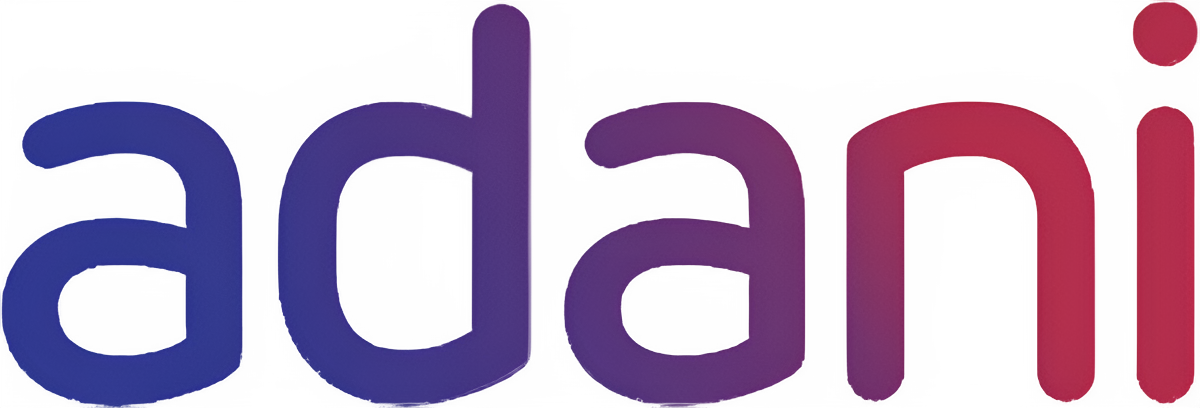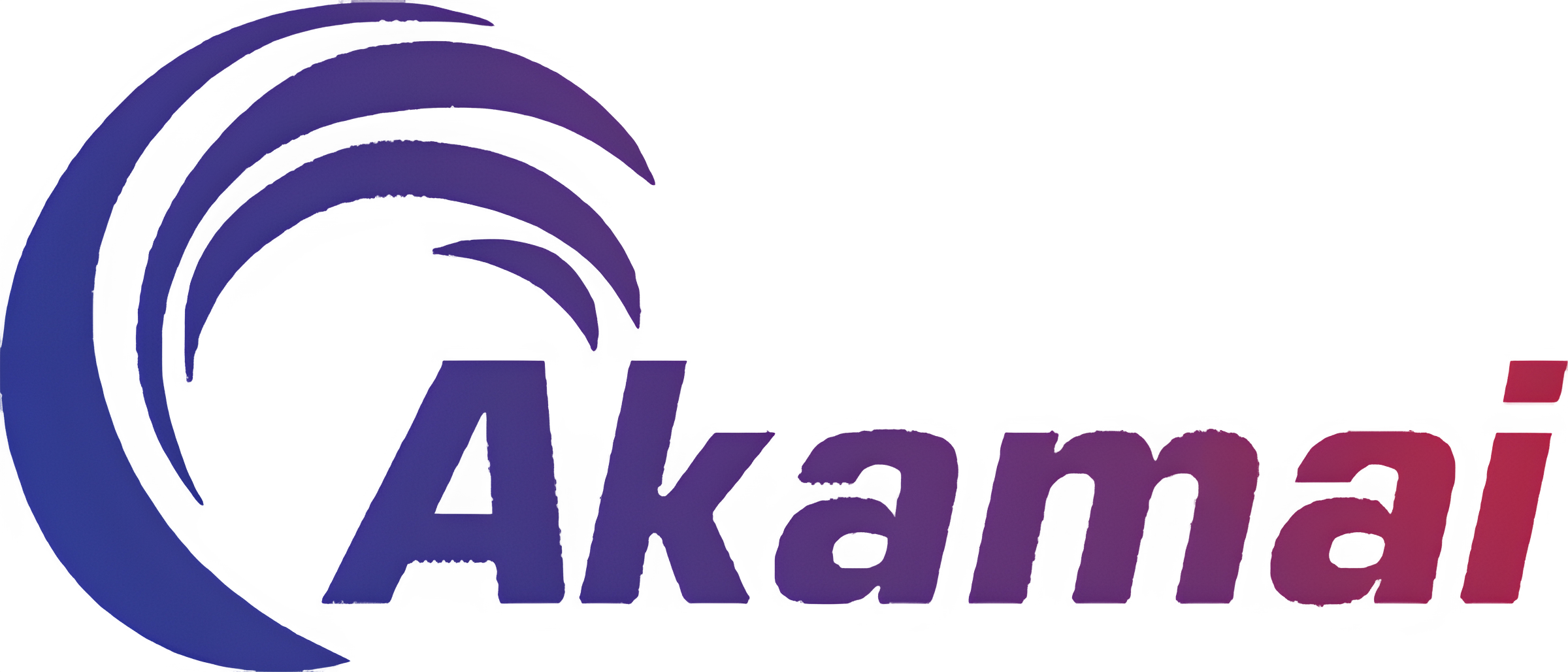Top FinTech Trends that Will Take Place in 2026
The landscape of financial services is changing faster than most people expected. An ideal environment for innovation is being created by new technologies, changing consumer expectations, regulatory pressures, and worldwide socioeconomic shifts. Knowing what is coming in 2026 is now essential for companies trying to stay ahead of the competition. Businesses developing digital banking, payment, lending, or investment services need to foresee these changes, modify their product roadmaps, and seize new opportunities.
Fintech is about rethinking what financial services can be: more intelligent, more inclusive, and more seamless. It is not just about replacing outdated systems. In this quickly evolving landscape, startups, banks, neobanks, entrepreneurs, and payment services are all fighting for dominance. Many are looking to industry experts—fintech app development companies—to build next-generation platforms that satisfy present and future demands to succeed.
This blog will discuss the main FinTech trends that are expected to influence 2026, their implications for businesses and users, the technical and legal obstacles, and the importance of working with a competent software, web, or mobile app development company. We will also demonstrate why Dinoustech is the top fintech app development company, assisting customers in launching secure, competitive, and future-proof products.
Trend 1: Artificial Intelligence and Generative AI Powering Financial Services
The fact that artificial intelligence, particularly generative AI, large language models (LLMs), and sophisticated machine learning systems, will transition from experimental to foundational across numerous fintech categories is one of the clearest indicators for 2026. Machine learning models that can process large amounts of data in real time are being used for fraud detection, risk scoring, customer service, and even personalized financial planning.
Features like AI chat assistants that can produce insights, compile transaction summaries, or create narrative reports for clients are made possible by generative AI. For instance, an app could explain changes in portfolio value, forecast cash flow trends based on spending, or provide monthly summaries in natural language instead of just a transaction history. AI is also being used by FinTech companies to automate compliance (KYC, AML), decrease false positives, and expedite onboarding.
Investing in or collaborating with fintech app development company teams that possess expertise in data engineering, machine learning operations, model governance, and ethical AI is essential for software companies creating fintech apps to properly integrate AI and generative AI. The focus will be on performance (low latency for real-time services), explainability (so users can trust AI decisions), and data privacy (so laws like GDPR or their regional equivalents are respected).
Also Read: - Top 6 Fintech App Development Companies in India - 2025
Trend 2: Embedded Finance & Contextual Financial Experiences
By 2026, non-financial experiences will incorporate financial services more. Companies in consumer technology, retail, travel, or messaging platforms will incorporate credit, insurance, savings, or payments straight into their applications. In many markets, this is already in progress. For instance, you might see an insurance option when you book a flight; you might see a "Buy Now, Pay Later" (BNPL) option at the checkout when you shop online; or you might see early wage access when you use a payroll system.
These integrated experiences open new avenues for consumer interaction while lowering friction. Financial services are now available where and when users need them, eliminating the need for users to switch apps or providers. This entails creating modular, API-based systems, robust partner ecosystems, and user experience flows that are appropriate for non-financial contexts for businesses planning to develop fintech software.
Security, regulatory compliance (particularly when financial products are involved), and seamless integration are important considerations for any web development or mobile app development company operating in this field. Compared to traditional financial apps, developing embedded finance features is more difficult, but the rewards in terms of transaction volume and customer loyalty are substantial.
Trend 3: Open Banking, Open Finance & API-Driven Ecosystems
Although Open Banking is still developing, we anticipate that it will advance into what is sometimes referred to as Open Finance in 2026, where services other than simple banking and payments become available via APIs. With user consent, data from wealth tools, insurance, pensions, and investments may be shared, allowing for previously unattainable composite services.
Many nations' regulatory frameworks are pressuring banks and FinTechs to allow third-party apps, share data securely, and maintain fair competition. Users gain from improved product discovery, more affordable prices, and the capacity to integrate their financial lives across platforms in markets where Open Banking or Open Finance is available.
Building infrastructure that can handle data privacy and consent, secure API integrations, and regulatory compliance is what this trend entails for development firms. Performance and dependability are crucial; each API request made when integrating third-party services needs to be quick, safe, and robust.
Must Read: - Top Fintech Areas Attracting Startups and Investors Alike
Trend 4: Regulatory Technology (RegTech), Privacy, and Trust
Demands for data privacy and regulatory scrutiny rise in tandem with the growth of FinTech adoption. By 2026, RegTech will play a key role in the development of financial services. Real-time auditability, risk scoring, AI-enabled KYC and AML procedures, automated compliance monitoring, and enhanced privacy safeguards will no longer be "nice to haves," but rather essentials.
It is increasingly impossible to compromise on data sovereignty, user data privacy (including encryption, safe storage, and appropriate consent flows), and ethical data use. Transparency—explainable models, clear privacy policies, certifications, and frequent security audits—will be essential for FinTech platforms to establish trust.
If a software or web development company wants to be successful, it must start from the beginning with compliance in mind. The baseline will include infrastructure that isolates and safeguards sensitive data, secure coding techniques, penetration testing, and security frameworks.
Trend 5: Real-Time Payments and Cross-Border Remittances
Payment experiences continue to fall short of user expectations in many regions of the world. Even across nations, people anticipate a speedy settlement. Real-time payments will probably be used more widely both domestically and internationally in 2026 as digital rails continue to develop. Particularly in remittances, where speed and cost are frequently problems, technologies like blockchain and stablecoins may play bigger roles.
At the same time, many nations are still testing central bank digital currencies, or CBDCs. Adoption of these could lead to more inclusive access to digital payments, quicker settlement, and less transactional friction.
FinTech platforms that are currently being developed need to account for these shifts. Building real-time transaction systems, integrating with new payment rails, and adhering to financial infrastructure regulations across several jurisdictions should all be within the partners' capabilities. Systems will be designed for scalability and global compliance by a skilled fintech app development company.
Also Read: - How Much Does It Cost to Develop a Fintech App in 2025?
Trend 6: Hyper-Personalization and Customer Experience Excellence
Generic financial products are no longer accepted by users. They anticipate tailored financial advice, customized offers, and user interfaces that adjust to their actions. Personalization will be accelerated in 2026: apps will do more than just suggest products; they will also forecast impending financial needs, send out alerts, streamline schedules, and assist in decision-making by providing interactive insights.
Personalization will play a key role in everything from UI/UX to personalized dashboards, predictive analytics, spending forecasts, and smart reminders to save money or optimize payments. Experience-based trust and emotional intelligence (such as recognizing frustration in chat, changing tone, and personalizing communication) will become crucial differentiators.
This implies that businesses that develop fintech apps need to make investments in behavior analytics, data science, customer feedback loops, and adaptive user experience. If a web or mobile app development company creates these features effectively, it can increase lifetime value, decrease churn, and improve retention.
Trend 7: Digital Identity, Biometrics & Zero Trust Security Models
Financial technology has always been built on security, but in 2026, identity, authentication, and trust models will be further advanced. Identity systems that lower friction while preserving high security, biometrics (fingerprint, face recognition), behavioral data (how users’ type, swipe, and hold their phones), passive authentication, and continuous verification will all become commonplace.
End-user fintech apps will adopt the Zero Trust architecture (never trust, always verify) in addition to enterprise tech. This implies that every transaction, session, and access path will have its risk evaluated in real time.
Identity verification, safe biometric data management, API security, and robust threat detection infrastructure are all essential for development firms.
Must Read: - Which Company Builds the Most Secure Fintech Apps in India?
Trend 8: DeFi, Tokenization, and Blockchain Integration
Decentralized Finance (DeFi) is becoming a mainstream component of financial architecture and is no longer on the periphery. By 2026, commonplace fintech products will include features like blockchain-based bookkeeping, decentralized lending, smart contracts for automation, and asset tokenization.
Tokenized assets offer liquidity where it was lacking and allow users to own portions of actual assets (such as commodities or real estate). Contracts (loans, insurance payouts) are automated by smart contracts under preset parameters. Blockchain makes new financial instruments possible, guarantees transparency, and lowers the risk of fraud.
Integrating blockchain for fintech software development companies entails selecting appropriate platforms, overseeing consensus processes, ensuring the security of smart contracts, adhering to regulations regarding tokenization and asset classification, and fostering user trust.
Trend 9: Embedded Finance and Non-Financial Platform Disruption
Financial services will be available everywhere and will not just be found in banks and fintechs. Financial services will be integrated into messaging apps, ride-sharing platforms, social media apps, and e-commerce platforms. Industry boundaries will become hazy because of this "finance everywhere" model.
Imagine using the same checkout process to order groceries and receiving offers for insurance, microloans, or savings accounts. Or a travel app that offers native suggestions for local payment methods, currency exchange, or travel insurance. This trend centers product strategy around design, robust partnerships, modular backend systems, and flexible APIs. Businesses that focus on developing mobile apps and fintech software with embedded finance features will have an advantage.
Also Read: - Fintech App Development Guide: Costs, Features & Market Trends
Trend 10: Sustainability, ESG, and FinTech for Good
Financial services are coming under growing pressure from regulators and consumers to meet environmental, social, and governance (ESG) standards. ESG metrics will be incorporated into fintech products in 2026, not only for reporting purposes but also for decision-making. For instance, loans will take sustainability into account, investment platforms will let users filter portfolios based on carbon footprint, and financial apps will provide green payment options (carbon-offsetting for transactions, etc.).
Regulations in many nations will demand ESG transparency, requiring fintech platforms to make explicit disclosures. Additionally, operational sustainability (data centers, cloud infrastructure, energy consumption) will be important.
When developing fintech apps, development companies must consider the following factors from the technical architecture and design: exposing users to ESG data, selecting partners with green credentials, optimizing infrastructure for energy efficiency, and fostering trust through transparency.
What This Means for Development Companies: Skills, Architecture & Business Models
The combination of these trends puts a lot of pressure on businesses that create fintech products, whether they are web development, mobile app development, software development company, or businesses that specialize in developing fintech apps.
These companies need to assemble teams with expertise in identity security, blockchain, AI & ML, UI/UX design, API architecture, and compliance. The architecture needs to be high throughput, scalable, modular, and strongly supported for real-time operations. Consent, privacy, and data security must be integrated. Platform-based revenue (APIs, partnerships), embedded finance commissions, and subscription-plus-transaction fees may become the new norm for business models.
Strategic alignment is important when clients are choosing a partner; they want to choose development firms that are aware of future changes as well as existing norms.
Must Read: - Digital Payment App Development Solutions for Seamless Transactions
Why Dinoustech is the Best at Riding These Trends
Having a trustworthy partner who is knowledgeable about both technology and regulations is crucial in a world where fintech innovation is accelerating. The top fintech app developer is Dinoustech. This is not just marketing speak; it reflects Dinoustech's history of developing apps that follow emerging trends, such as embedded finance, powerful identity and security frameworks, AI-powered personalization, and modular architectures prepared for tokenization and DeFi.
Dinoustech brings cross-domain expertise as a top fintech app development company, as well as a respectable mobile app, software, and web development company. Dinoustech can provide safe, scalable, compliant, and user-focused products, regardless of whether you are developing digital banking, payments, lending, or wealth platforms or incorporating finance into non-financial fields.
Challenges to Overcome in 2026 FinTech Landscape
Despite the exciting trends, there are operational, legal, and technical obstacles. Maintaining robust cybersecurity, making sure AI models are impartial and fair, managing identity without sacrificing user experience, and staying abreast of changing regulations in various nations (data protection, financial licensing) are all important.
Careful planning is necessary to manage real-time transaction loads, integrate with legacy systems, and provide a consistent user experience across platforms and devices. Development expenses may increase, particularly if tokenization, global compliance, or financial features are incorporated. Nevertheless, seasoned fintech software development firms know how to balance trade-offs, foresee risk, and construct for the long term.
Conclusion
The fintech industry is expected to undergo a sea change in 2026. The next wave of fintech, which includes real-time payments, AI, DeFi, embedded finance, and ESG-driven products, is about more than just technology; it is also about inclusion, trust, personalization, and ethical impact.
The message is clear for companies looking to introduce or grow fintech products: invest in data and AI, adopt future-ready architectures, prioritize compliance, and provide empathetic customer service. It is crucial to collaborate with the appropriate development company.
The best company for creating fintech apps that can handle the complexity of the upcoming years is Dinoustech. As a software development company, mobile app development company, and web development company with a strong foundation in fintech app development, Dinoustech is well-positioned to assist businesses in taking advantage of opportunities, staying flexible, and taking the lead in the next phase of fintech.

















